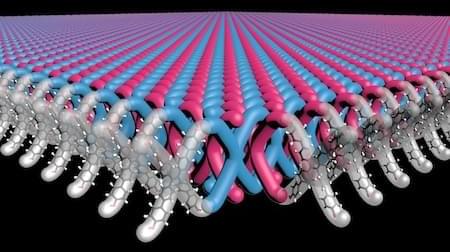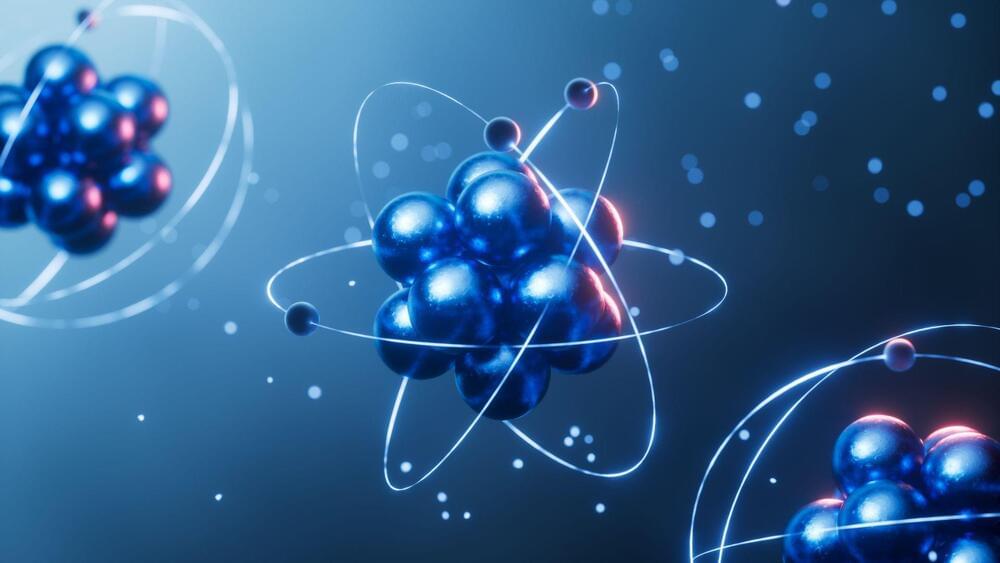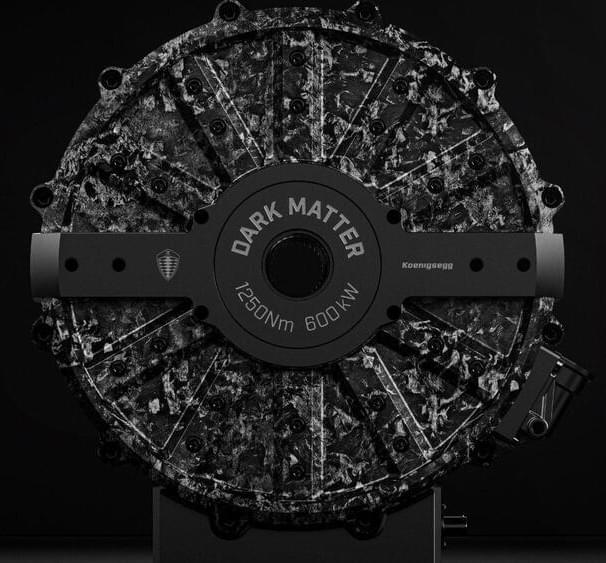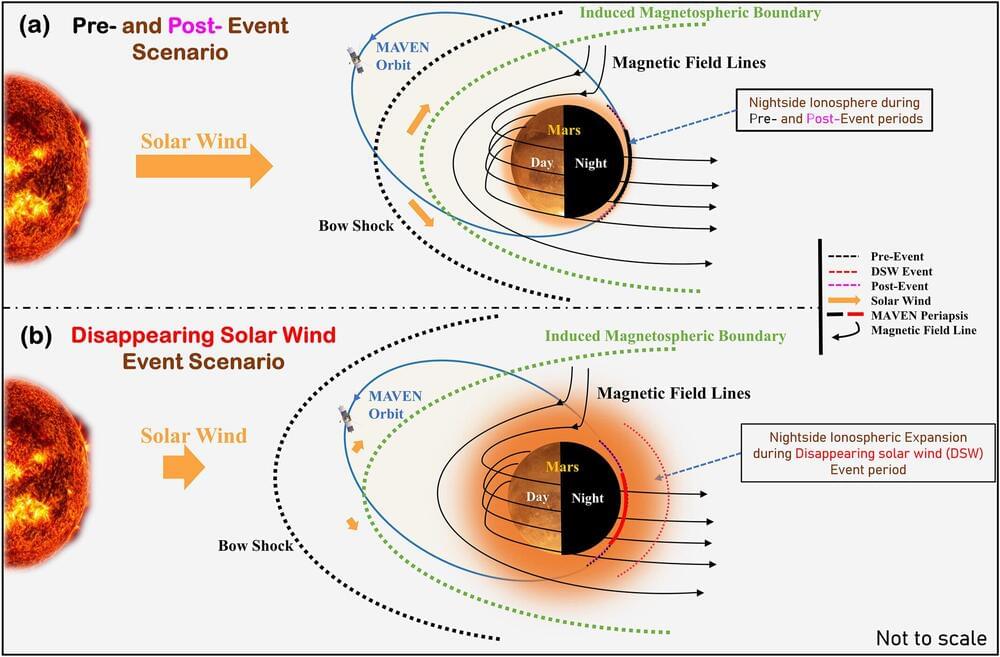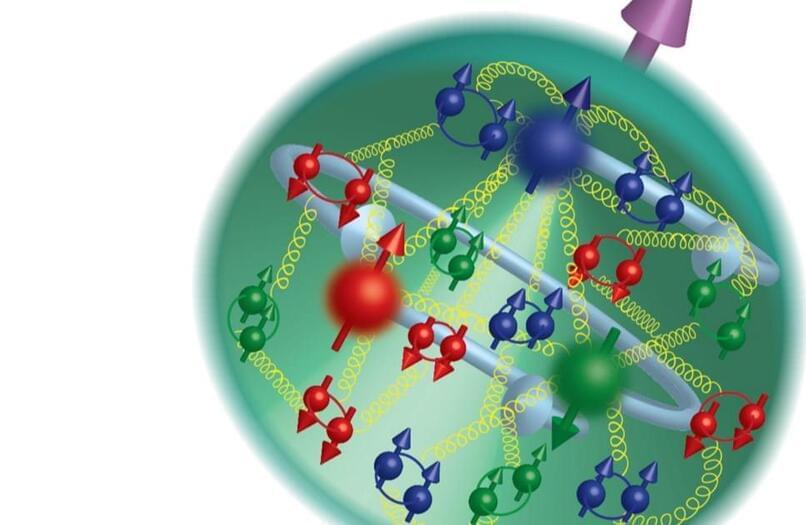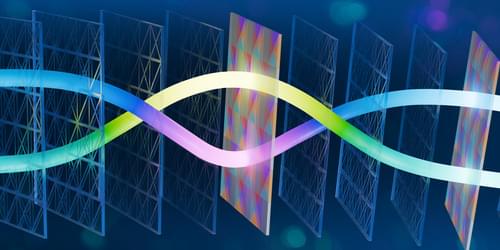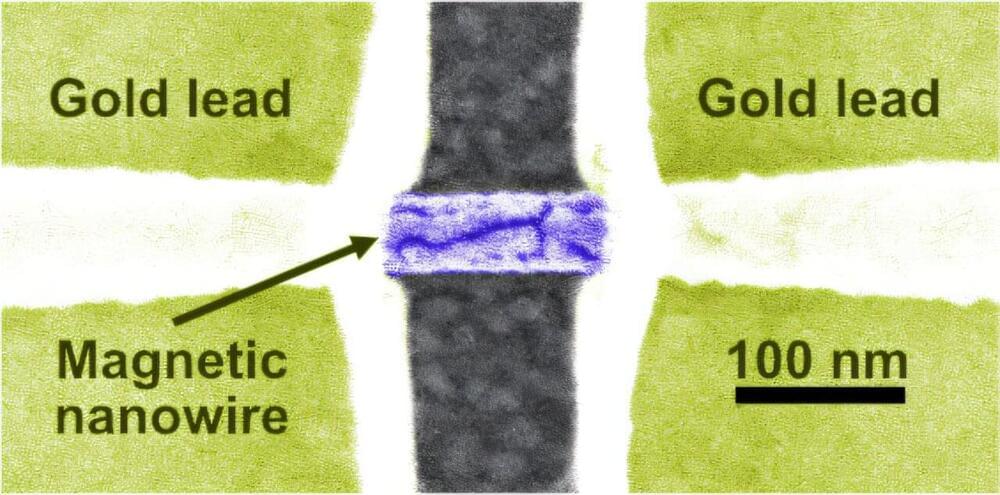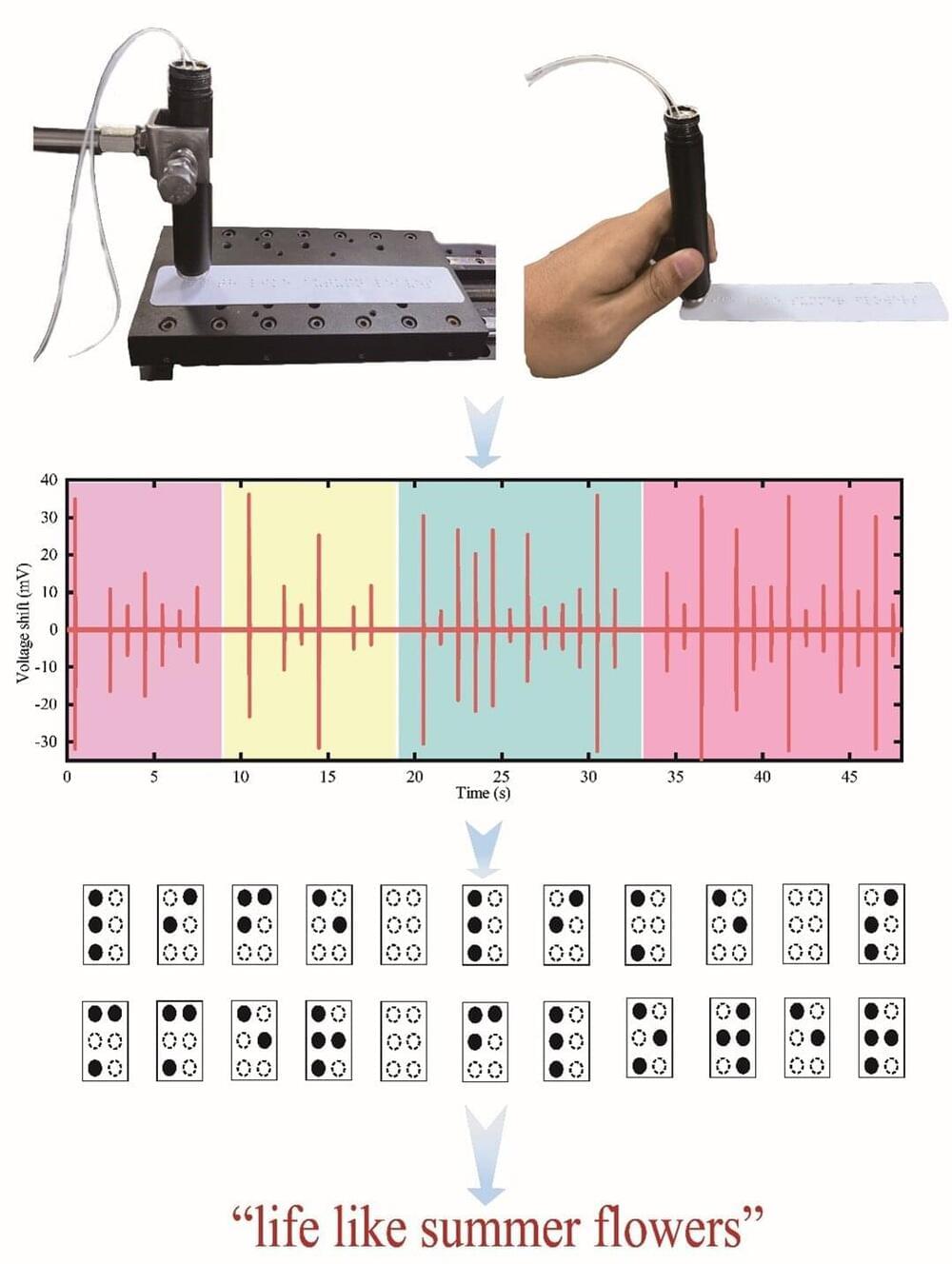Meet the Dark Matter, the groundbreaking electric motor powering Koenigsegg’s new Gemera hypercar. Officially known as the Dark Matter Raxial Flux 6-phase E-motor, this revolutionary piece of technology debuted at the 2023 Goodwood Festival of Speed. Boasting an impressive 800 horsepower and 922 lb-ft of torque, while weighing just 40kg, the Dark Matter is hailed as the world’s most powerful automotive-grade electric motor. With its unique six-phase technology, it marks a major leap forward in electric vehicle engineering, surpassing the three-phase motors commonly used in most electric vehicles today.
The Dark Matter electric motor is considered the world’s most powerful automotive-grade motor, using a unique six-phase technology. This motor is a significant improvement over the three-phase motors commonly used in most electric vehicles today. The Dark Matter replaces the previous motor used in the Gemera, called the Quark.
Both the Quark and the Dark Matter are “raxial flux” motors, which combine features of two common types of electric motors: radial flux and axial flux. Radial flux motors offer more power but less torque, while axial flux motors are known for providing high torque but with less power. The key difference between these two designs is how the magnetic field travels through the motor. In a radial flux motor, the magnetic field path is longer, creating more power. In an axial flux motor, the magnetic field follows a shorter, more direct path, giving the motor more torque.
